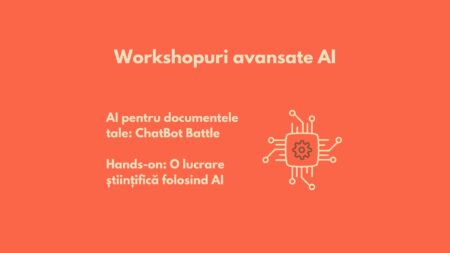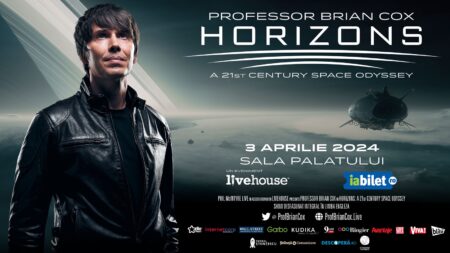Recently, I read an interesting study about the history of the manuscript Descriptio Moldaviae, a work written by the Romanian scholar Dimitrie Cantemir in the 18th century. The author demonstrates how little known and circulated this work was before it was first printed only in 1769, almost 50 years after the author's death.
Although Cantemir was a recognized intellectual of his time, and the Descriptio Moldaviae contained valuable information on the geography, history and culture of Moldavia, the manuscript had a very limited circulation in European academic circles. It is estimated that there were only 5 manuscript copies in Latin, some of which have been lost or destroyed. Few people had access to the text before publication.
According to the study, the Descriptio Moldaviae manuscript had a complicated path. After Cantemir's death in 1723, his family entrusted it to the most important German orientalist in Russia, Gottlieb Siegfried Bayer. He made a copy in 1726-1727 and sent it to Berlin, but the manuscript was lost en route.
Another Latin copy of the Descriptio Moldaviae was taken by Cantemir's son Antiochus on his travels through Europe. It circulated in the hands of Western scholars, reaching Count Friedrich von Thoms of Leiden. After the Count's death in 1746, however, the manuscript is lost to him. It was not until 1769 that the geographer Anton Friedrich Büsching succeeded in publishing the first German edition, based on a Latin manuscript that had circulated between Russia and Germany.
So, although valuable, the Descriptio Moldaviae manuscript had a fragile and precarious fate for several decades, being known only to very few Western scholars. Only its editing and printing brought it a wider audience in the Europe of the Enlightenment.
This case study is a telling example of how difficult it was to disseminate knowledge before the advent of print media and modern communication channels. If a learned prince was only able to make a valuable work known posthumously, it was all the more difficult for ordinary scholars.
Today, the situation has changed radically. We have a variety of platforms to disseminate scientific information - journals, conferences, books, websites, blogs, social networks. However, science communication remains a challenge.
Many researchers are absorbed in their work and do not pay enough attention to promoting the results. They publish articles in peer-reviewed journals, but do not make extra efforts to publicise those findings. With the exception of colleagues in the same narrow field, few find out about their achievements.
Also, academic language is often too technical for the general public. Scientific articles are not written in accessible language. This creates a barrier to the understanding and appreciation of science by non-specialists.
As such, it is essential that contemporary scientists invest time and creativity in communication activities - in addition to research itself. Here are some ways they can increase the visibility of their work:
- Write popular science articles or books accessible to the general public, not just academic studies.
- Attend public events - conferences, fairs, festivals - to talk about their research.
- Give media interviews, write opinion pieces and be present on social media.
- Collaborate with organisations that promote science, such as universities, museums, professional associations.
- Teach electives to science enthusiasts outside their field.
- Popularise the results through videos or podcasts.
- Open the labs for public visits.
The list goes on. It is important that researchers promote their achievements not only through traditional academic channels. Otherwise, their work risks having a limited impact, like the Descriptio Moldaviae manuscript 300 years ago.
📷 Principatus Moldaviae nova & accurata descriptio / Delineante Prince Demetrio Cantemirio de Cantemir, Dimitrie (1673-1723). Cartographe - 1737 - National Library of France, France - No Copyright - Other Known Legal Restrictions. https://www.europeana.eu/item/9200517/ark__12148_btv1b52511045w





